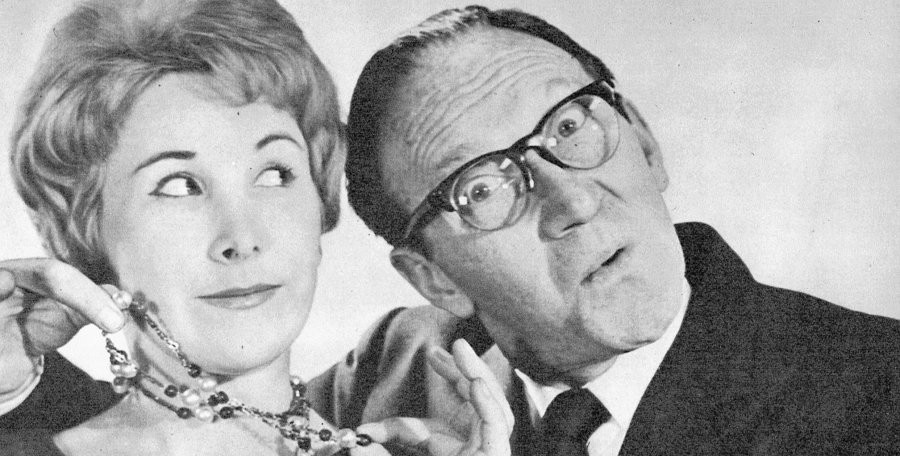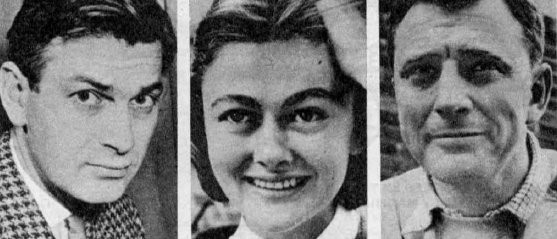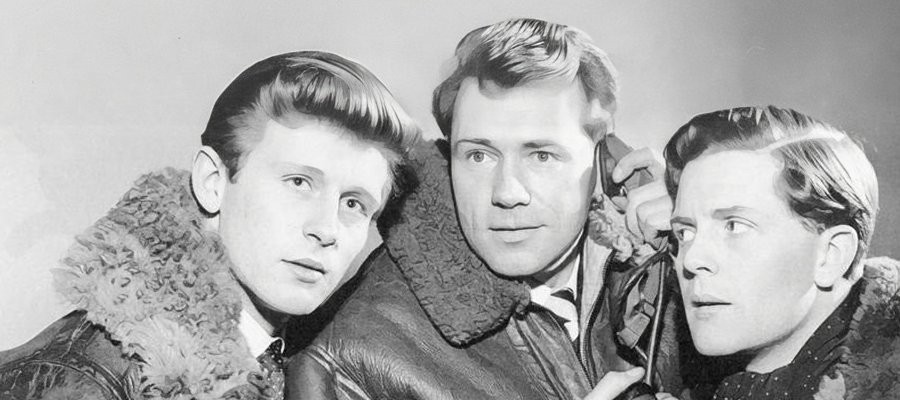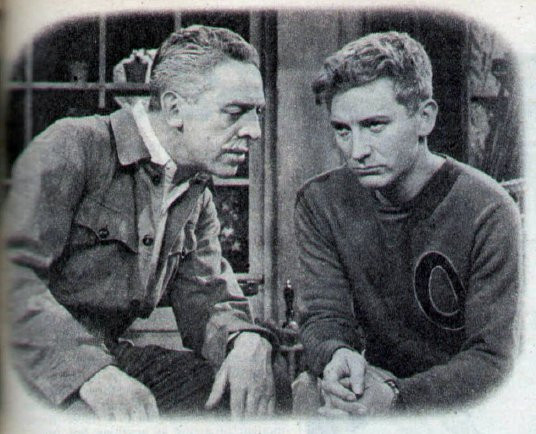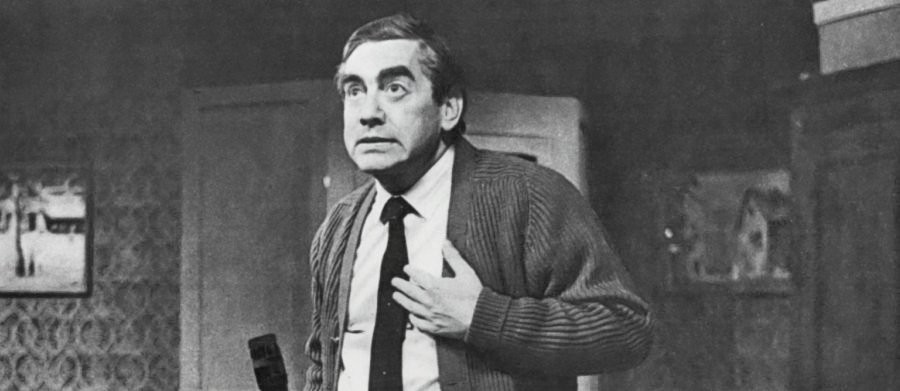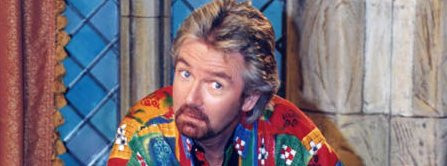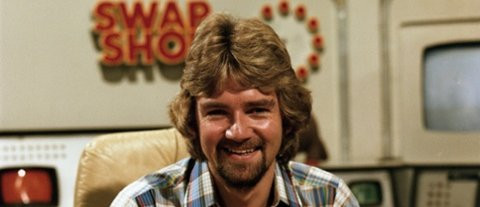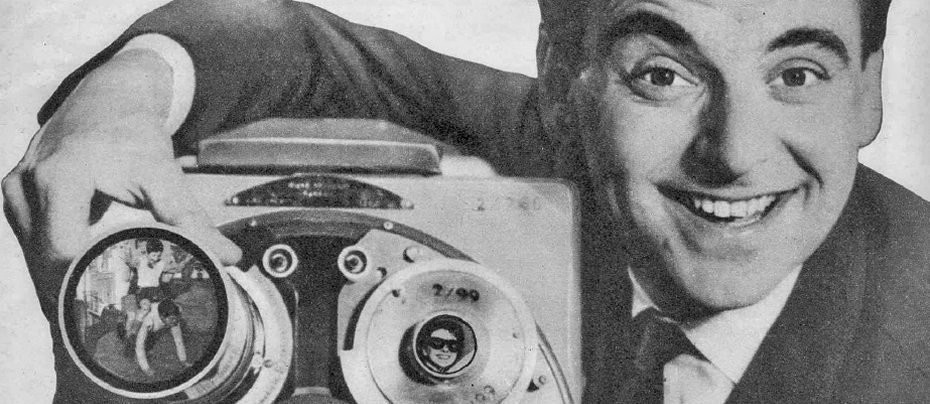
Candid Camera
1960 - United KingdomTelevision audiences have never really lost the appetite to watch ordinary people make fools of themselves. Whether it be the more ridiculous no-hopers on shows like The X-Factor or Britain’s Got Talent who readily put themselves on public view for ridicule, or unsuspecting members of the public who are quite innocently taken in by a well-staged prank. Just type the word ‘prank’ into your web browser and you will see how stupid moments caught on camera still proliferate YouTube and the hundreds of thousands of views they garner. We simply love to laugh at each other.
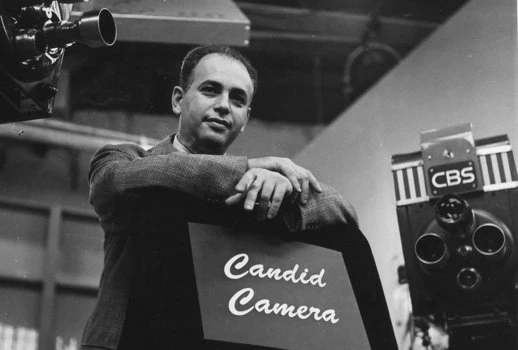
It's nothing new. Before television became the most popular entertainment medium the American presenter Alan Funt realised that people laughing at people would be a great source of entertainment. In 1947 he devised and produced a radio show titled The Candid Microphone which was broadcast on ABC Radio. It was only natural that the format would lend itself even better to the visual and Funt tested this with a number of theatrical film ‘shorts’. Having proved his concept as a viewer favourite these ‘shorts’ began to appear on television in 1948 in segments of other shows (still using the Candid Microphone title).
The following year Candid Microphone, made its debut, now retitled Candid Camera, and ran on NBC for three years. It was, to all intents and purposes, the beginning of reality television, albeit with a smile on its face and a laugh in its belly. It’s popularity never waned and it continued to win over audiences in syndication and was revived as a segment of Jack Parr’s Tonight Show in 1958, before returning to television as a new series in 1960.
That same year, ABC Weekend Television, not convinced that the more staid British public would take to seeing people made idiots of, simply tested the water with a 30-minute try-out called We’ve Got You Covered. Introduced by Irish actor Joe Lynch who had previously hosted the first comedy series on Radio Éireann, Living With Lynch, the show featured as its prankster the mysterious “Mr X” (played by himself according to the TV Times). Broadcast on Saturday 14 May 1960 at 7.28pm (!) the filmed sequences were shot by 'Candid Camera Productions.'
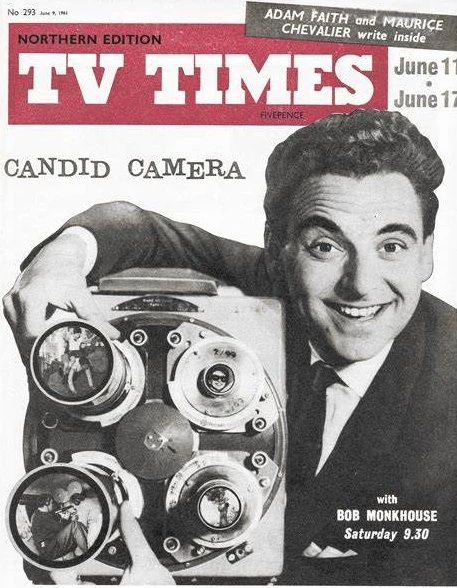
Clearly the British public were perfectly happy to watch the mischievous shenanigans of the hidden camera team as they hoodwinked members of the public into performing the silliest of tasks or being nonplussed by an unsolvable but ridiculous problem, and in September of 1960, the UK version of Candid Camera went to full series, now hosted by Bob Monkhouse and featuring prankster-in-chief Jonathan Routh (who was the Mr X of the try-out).
Routh, along with writer Richard Lubbock was responsible for creating the scenarios that were intended to fool the general public. Lubbock would spend hours anticipating what the average man-in-the-street would say when confronted with a peculiar situation and provided Routh with the kind of ‘spontaneous’ comments that would result in the conversation becoming crazier and crazier. Additional material was supplied by Denis Goodwin who, at that time, was Bob Monkhouse’s writing partner.
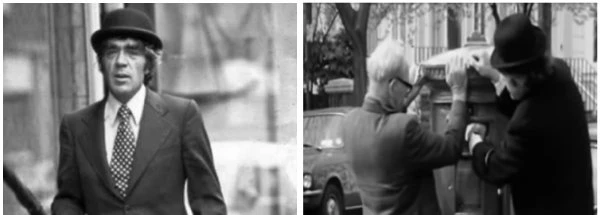
The stunts ran from the simplest scenarios to the sublime and right through to the ridiculous. Routh would be the lost foreigner asking for help from puzzled passers-by, he’d be the man who got his hand stuck in a pillar box, he’d be dressed as a tree - stand by a bus stop and ask people “does this bus go to Sherwood Forest?”, or most famously would be the driver of a car that rolls into a petrol filling station only to find that the vehicle wouldn’t restart and then get the confused mechanic to open up the bonnet to reveal an empty space where the engine should be! The puzzled participants were finally let in on the joke when Routh indicated the hidden cameras and told them to "Smile . . . you’re on Candid Camera!"
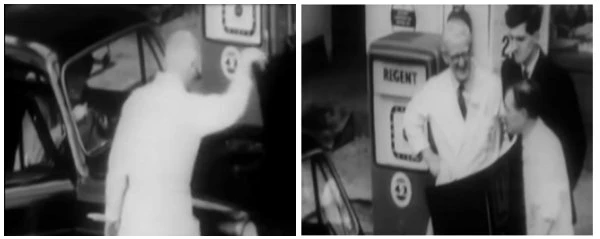
The series ran for seven years but it was never really forgotten. When it returned in 1974, presented by Peter Dulay, the team tried to run the missing engine gag again and although it worked at a few garages in most of them the response was “I’ve seen it, mate. This is Candid Camera.”
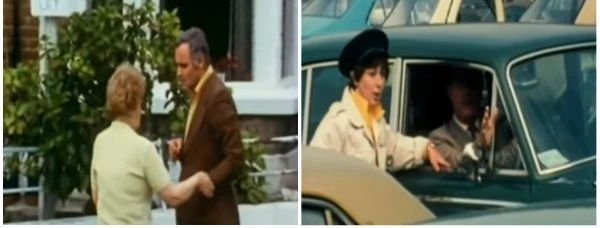
Routh, whose face was now instantly recognisable by the British public was soon replaced by the equally straight-faced Arthur Atkins and the diminutive comedienne Sheila Bernette, and the pranks began to get even more outlandish than before. One prank involved Dulay reaching into a fish tank to seemingly whip out a goldfish and swallow it. It was actually a piece of carrot, but some unobservant viewers phoned up the LWT switchboard to complain that eating a live creature on television simply went beyond the pale! One woman claimed that after watching the skit her young son had gone into the next room and eaten their goldfish!
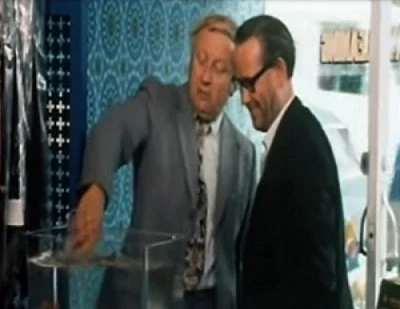
Candid Camera finally came to an end on British television in 1976, but the pranks kept coming. Introduced as a segment on Game for a Laugh in 1981 it was clear that there was still plenty of mileage left in fooling the public and following that show’s demise one of its presenters, Jeremy Beadle, was given his own prank show. Beadle’s About featured some of the most elaborate set-pieces seen on television, such as secretly swapping someone’s car for an exact duplicate and then waiting for the right moment as the unexpected vehicle owner returned to witness his prized possession being shunted into the sea or being dropped from a great height.

Candid Camera was also a huge hit around the world with many countries having their own version. Quebec's version was Les insolences d'une caméra whilst the rest of Canada guffawed to Just for Laughs, Germany's version was Verstehen Sie Spaß? and Candid Camera on Australia aired on the Ten Network. Dom Joly’s Trigger Happy TV and Fonejacker owe more than a little tip of the hat to Alan Funt’s original concept.
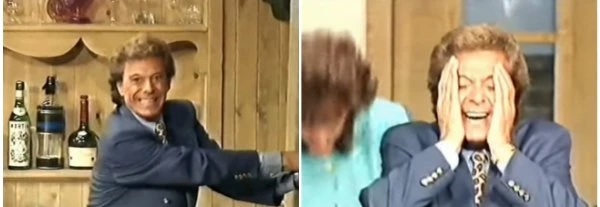
Once viewers grew tired of laughing at the public (do we ever really get tired of laughing at the public? I refer you YouTube) the ‘victims’ became well-known personalities. Noel Edmonds introduced the ‘Gotcha Oscars’ on his House Party series, targeting the likes of radio DJ Dave Lee Travis, presenter Phillip Schofield, dancer and choreographer Lionel Blair and comedian Mike Reid. Ant and Dec continue to have the same fun on their Saturday Night Takeaway segments bamboozling celebrities such as Simon Cowell and Gordon Ramsey (the latter of which required a lot, and I do mean a lot of bleeping out).
Laugh and the world laughs with you, appear on a hidden camera show and the viewing public laughs at you. And what’s more – they’ll absolutely love you for it.
Seen this show? How do you rate it?
Seen this show? How do you rate it?
Published on October 14th, 2022. Written by Laurence Marcus for Television Heaven.


